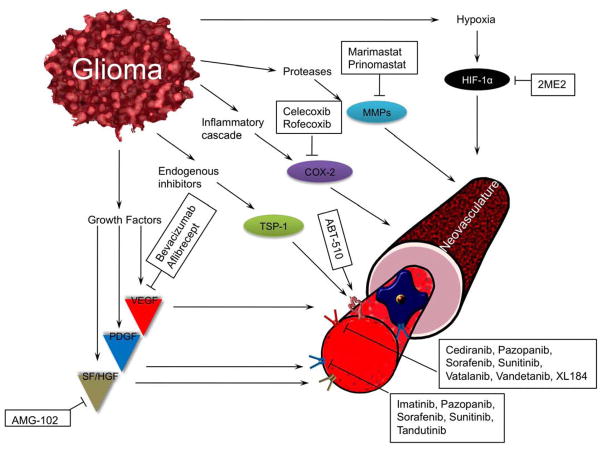Figure 3. Neovascularization and glioma invasion associated peptides.
HIF-1α expression is increased in response to hypoxia, which increases transcription of other pro-angiogenic peptides. 2ME2 is known to decrease HIF-1α expression. MMPs are proteinases that breakdown the extracellular matrix and open the Blood-brain barrier. The degradation of these barriers enhances glioma neovascularization and invasion. MMPs are targeted inhibited by marimastat and prinomastat. COX-2 expression is increased in gliomas. Pharmacological use of COX-2 inhibitors, such as celecoxib and rofecoxib, decreases neovascularization of gliomas.
TSP-1 is an endogenous inhibitor of neovascularization, and it is often down regulated in gliomas. ABT-510 is a TSP-1 mimetic peptide that, like TSP-1, is an agonist for CD36. VEGF is a potent angiogenic peptide that is a target for the antibody bevacizumab and the decoy receptor aflibrecept. Additionally, the VEGFR tyrosine kinase receptor, expressed on endothelial cells, is targeted by cediranib, pazopanib, sorafenib, sunitinib, vatalanib, vandetanib, and XL184.
PDGFR is also a pro-angiogenic receptor expressed on both endothelial cells and their surrounding pericytes. PDGFR is inhibited by imatinib, pazopanib, sorafenib, sunitinib, tandutinib. SF/HGF, a growth factor, has been implicated in both angiogenesis and tumor invasion. SF/HGF is inhibited by the antibody AMG-102. C-Met, the receptor for SF/HGF, has yet to be targeted.

